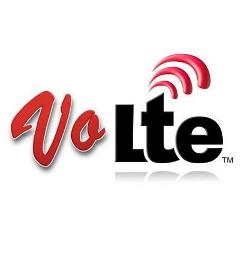Voice over LTE Training Course, VoLTE Training Course
Learn about Voice over LTE Implementation alternatives including concepts behind Circuit Switched Fallback (CSFB), Single Radio Voice Call Continuity (SR-VCC) and Voice over IMS, all-IP network, voice and video over IP and rich communication services (RCS) and interoperability across network access methods and operators (LTE, 3G/HSPA, WiFi and legacy telephony domains.Circuit Switched FallBack (CSFB) is a technology whereby voice and SMS services are delivered to LTE devices through the use of GSM/UMTS or another circuit-switched network.
Circuit Switched FallBack is needed because LTE is a packet-based all-IP network that cannot support circuit-switched calls. When an LTE device is used to make or receive a voice call or SMS, the device "falls back" to the 3G or 2G network to complete the call or to deliver the SMS text message.
Despite the fact that LTE was originally designed as a data network, its quality of service (QoS) and capacity gains also provide subscribers and operators with significant additional benefits for voice services, such as HD voice, enhanced video capabilities, and rich communication offerings.
in CSFB:
- Device is registered for both CS and PS services via LTE
- CS voice pages are delivered over LTE
- Device remains on LTE except for voice calls
- SMS can be received over LTE
- For voice calls, UE falls back to UMTS/GSM/C2K
SRVCC applies to the scenario that LTE coverage is not continual SRVCC applies to multi-mode single radio UE. SRVCC is essentially a handover procedure, including transport level handover and session level handover. Considering the impacts to the networks introduced, SRVCC is not recommended until LTE becomes middle level coverages. SRVCC requires deployment of IMS network.
To learn more, visit us at LTE Training Page.


